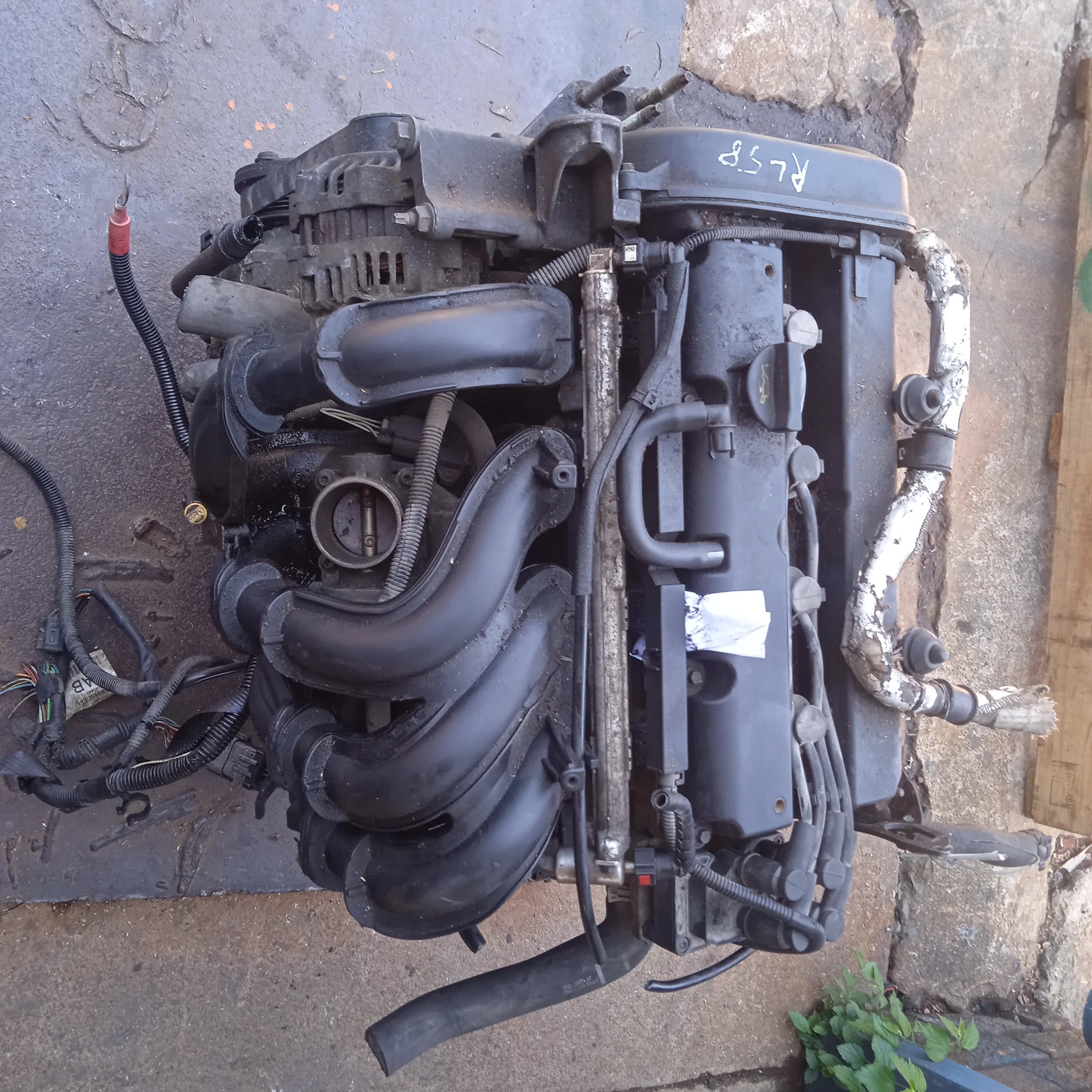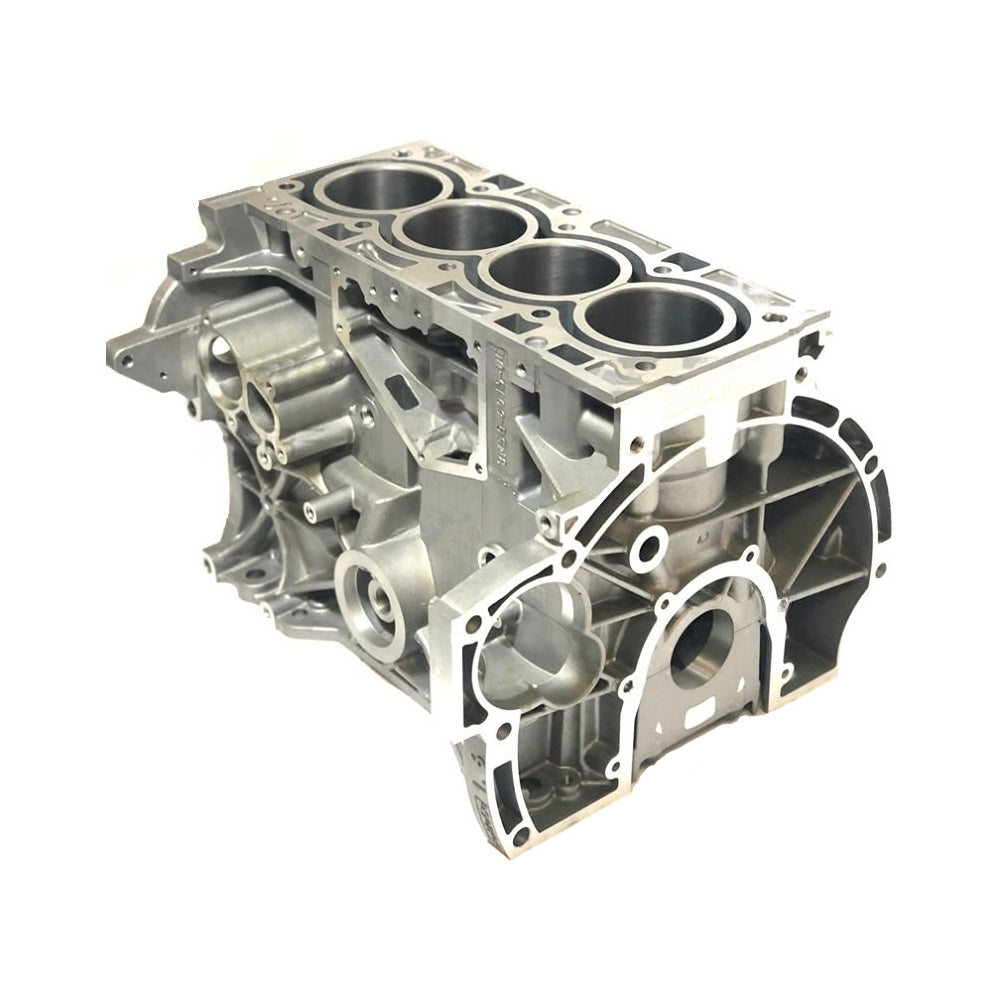How to Diagnose Ford Fiesta Engine Issues and Prevent Future Problems
How to Diagnose Ford Fiesta Engine Issues and Prevent Future Problems
Blog Article
Opening the Power of Engines: A Comprehensive Overview to Performance and Performance
Recognizing the detailed mechanics of engines is important for both efficiency enthusiasts and day-to-day chauffeurs. The solutions might redefine our strategy to engine efficiency and effectiveness in methods that are both enlightening and vital.
Comprehending Engine Fundamentals
What makes up the essential auto mechanics of an engine? At its core, an engine is a maker created to convert gas into mechanical energy with a collection of controlled surges or combustion processes.
The crankshaft then changes this linear activity right into rotational energy, which ultimately powers the vehicle. The camshaft regulates the opening and closing of the shutoffs, regulating the consumption of air and gas and the expulsion of exhaust gases. Furthermore, the engine depends on a very carefully calibrated fuel-air mix, ignition system, and cooling system to ensure optimal performance and effectiveness.
Comprehending engine fundamentals likewise includes acknowledging the importance of engine cycles, such as the four-stroke cycle, that includes consumption, exhaust, power, and compression strokes. Each stage is important in guaranteeing the engine works efficiently and properly. Mastery of these basic mechanics prepares for checking out a lot more complicated engine characteristics and efficiency metrics, essential for optimizing both power result and efficiency.
Secret Efficiency Metrics
Key performance metrics are important for assessing an engine's performance and power output, providing useful insights for both makers and consumers. These metrics act as benchmarks for engine efficiency, allowing for educated decisions in manufacturing, purchasing, and design.
One of the primary metrics is horse power, which measures the engine's capability to carry out work over time. Torque, gauged in pound-feet, is an additional important statistics that shows the engine's rotational pressure, straight influencing velocity and lugging ability. Gas performance, typically determined in miles per gallon (MPG) or liters per 100 kilometers (L/100km), analyzes exactly how effectively the engine transforms fuel into motion, impacting operational prices and ecological considerations.
In addition, thermal effectiveness steps how well an engine transforms gas power right into useful work, exposing insights right into power losses primarily with warmth. Discharge levels, including carbon dioxide and NOx, are also critical, mirroring the engine's environmental impact and conformity with regulative standards.

Tuning Methods for Efficiency
Tuning techniques play a significant function in boosting engine efficiency by optimizing performance metrics identified in earlier discussions (ford fiesta engine). Different techniques exist to make improvements an engine, each adding to improved fuel economy and minimized exhausts
One effective method is readjusting the air-fuel ratio, ensuring the engine operates within the optimum burning routine. A leaner mix can boost fuel effectiveness, yet it has to be balanced to prevent misfires or engine knock. Furthermore, reprogramming the engine administration system can alter specifications such as ignition timing, which even more improves efficiency while maintaining power result.
An additional vital approach entails changing the consumption and exhaust systems. Updating to high-performance air filters and exhaust headers can lower back stress, facilitating better air flow. This enables the engine to take a breath more easily, causing enhanced combustion efficiency.
Furthermore, the application of sophisticated adjusting tools, like dyno screening, provides precise data that enables targeted adjustments. On a regular basis monitoring these performance metrics guarantees that tuning efforts yield the desired efficiency end results. Collectively, these strategies not just boost engine efficiency yet also contribute to long-term sustainability in engine procedures.
Upkeep for Optimal Performance
Normal engine upkeep is crucial for accomplishing ideal performance and long life. A well-maintained engine not just operates effectively but likewise minimizes the danger of costly repair work and failures. Secret components calling for routine attention consist of oil, filters, belts, and ignition system.
Changing the engine oil at recommended intervals is important, as oil lubes relocating components and protects against overheating. Changing oil and air filters ensures that impurities do not hinder engine function. Neglecting these parts can lead to minimized performance and prospective engine damages.
Furthermore, examining and Continue changing worn belts and hoses is crucial to prevent abrupt failings. Timing belts, in certain, need to be replaced according to the producer's timetable to avoid tragic engine damages.
Flicker connects must additionally be examined and changed as required, because they play an essential role in ignition and fuel effectiveness.
Future Patterns in Engine Innovation
Welcoming innovations in modern technology, the future of engine design is poised to revolutionize performance and performance across numerous applications. Among the most significant patterns is the change toward electrification. Crossbreed and totally electric powertrains are ending up being increasingly traditional, supplying reduced discharges and boosted gas efficiency. This transition is not merely a pattern however a necessity driven by regulatory stress and customer demand for lasting remedies.
Additionally, advancements in products science are resulting in lighter, more powerful components that enhance engine performance while decreasing energy consumption. Advanced production methods, such as 3D printing, enable for the creation of intricate geometries that enhance airflow and thermal administration, thus optimizing burning processes.
Additionally, the integration of artificial knowledge and maker discovering is readied to change engine diagnostics and performance adjusting. These modern technologies can examine substantial amounts of information in actual time, allowing anticipating upkeep and tailored performance improvements.
Conclusion
Finally, opening the power of engines requires a comprehensive understanding of their mechanics and efficiency metrics. Implementing efficient adjusting techniques and sticking to normal maintenance techniques substantially enhance engine capacities. As the automobile landscape progresses, accepting future patterns in modern technology, including electrification and advanced production, will certainly be important for optimizing performance and performance. This detailed strategy not only benefits fanatics however additionally adds to lasting options in the world of go right here vehicle design.
Furthermore, the engine depends on a meticulously adjusted fuel-air combination, ignition system, and cooling system to ensure optimal performance and effectiveness.
Recognizing engine essentials likewise entails identifying the significance of engine cycles, such as the four-stroke cycle, which includes intake, power, compression, and exhaust strokes. Mastery of these fundamental auto mechanics lays the foundation for checking out much more complex engine characteristics and efficiency metrics, important for enhancing both power output and efficiency.

Embracing see this page advancements in innovation, the future of engine design is positioned to reinvent efficiency and effectiveness across various applications.
Report this page